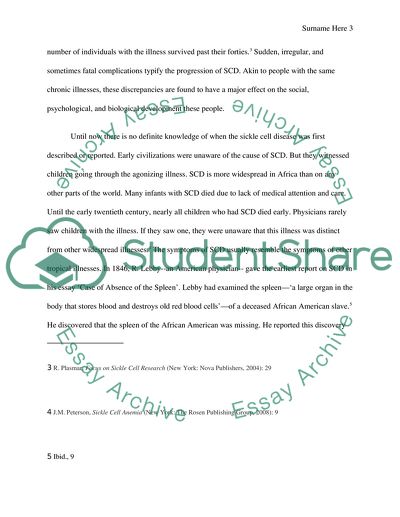Cite this document
(Sickle Cell and Its Effects on African Americans Dissertation, n.d.)
Sickle Cell and Its Effects on African Americans Dissertation. Retrieved from https://studentshare.org/health-sciences-medicine/1787551-sickle-cell-and-its-effects-on-african-americans-in-america
Sickle Cell and Its Effects on African Americans Dissertation. Retrieved from https://studentshare.org/health-sciences-medicine/1787551-sickle-cell-and-its-effects-on-african-americans-in-america
(Sickle Cell and Its Effects on African Americans Dissertation)
Sickle Cell and Its Effects on African Americans Dissertation. https://studentshare.org/health-sciences-medicine/1787551-sickle-cell-and-its-effects-on-african-americans-in-america.
Sickle Cell and Its Effects on African Americans Dissertation. https://studentshare.org/health-sciences-medicine/1787551-sickle-cell-and-its-effects-on-african-americans-in-america.
“Sickle Cell and Its Effects on African Americans Dissertation”, n.d. https://studentshare.org/health-sciences-medicine/1787551-sickle-cell-and-its-effects-on-african-americans-in-america.


